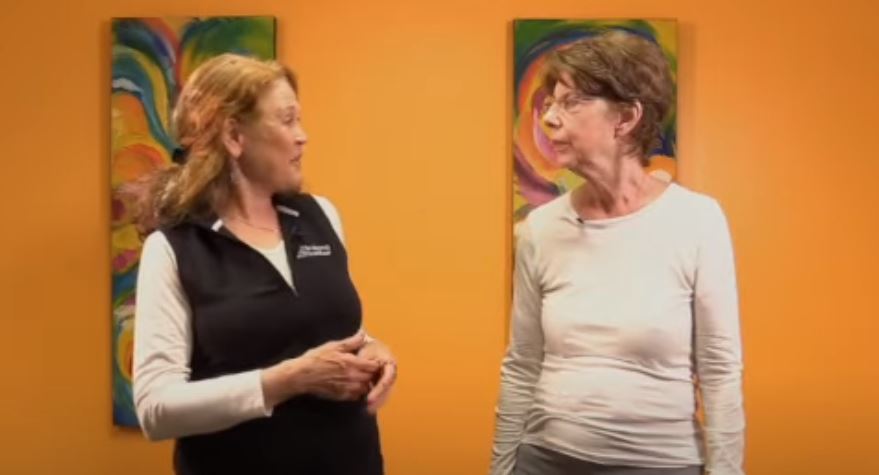Problem-solving Ann’s Neck and Shoulder Pain
When neck pain makes it harder to be active …
Staying active is the key to both physical and mental health at ALL ages. But what if daily activities aggravate your neck pain? This is Ann’s dilemma — she is hoping for less pain so she can get through her day more comfortably.
Let’s take a deep dive to see what might be at the bottom of her neck pain. We found she has micromovement disruptors in three of the four categories we use to help with our analysis of your movement.
Ann’s micromovement disruptors:
- Accidents: rear-end auto accident, torn biceps muscles
- Medical procedures: tumor removed from clavicle, lumpectomy and radiation, hip replacement, hernia repairs
- Birth: forceps-assisted birth
- Illness: none of significance
Why do we look at ALL of your micromovement disruptors?
Each of the four categories above causes different types of compensations and/or blocks to the symmetry, flow and transition of your micromovements. By understanding the related patterns we are able to quickly reset how your muscles work together to restore fluent motion. This alleviates the stress causing your pain!
Take a look at the video to see how these disruptors impacted Ann’s neck and how her movement quickly changed during the Bridging® session. As we finished she smiled and noted how she could feel the difference!
Please share these insights with your friends and family who may also have neck pains from their prior micromovement disruptors. 🙂
Why the past is the clue for your neck pain or stiffness
As we go through our problem-solving process we often find your micromovement asymmetries or tightness correlate to disruptors from your past. These are the four categories — injuries, illness, medical procedures, and birth.
But these events were many years ago?
You might ask ‘How can these early life events still be causing an issue now?”. Trauma to the muscles can impact how your muscles work, or don’t work together. The muscles readily adapt and compensate. As time goes by, your ‘normal’ may really be the compensation!
Bridging® helps in two ways
Bridging® can help with neck pain. First by finding the root cause issue that impacted your muscle coordination, and then putting your muscle relationships back together with gentle rocking motions and micro-stretches. The relief is both quick and long-lasting.
Yes, your neck muscle coordination can be reset so you feel and function better!
Are neck pain and stiffness impacting your ability to stay active?
Do you have neck and shoulder issues and want to know if Bridging® can help? Yes Cara, I’d like to find out more about how Bridging® may help my neck pain.
Or, are you interested in being a guest on one of our YouTube sessions (no cost)? Yes Cara, I’d love to volunteer for a video session!

